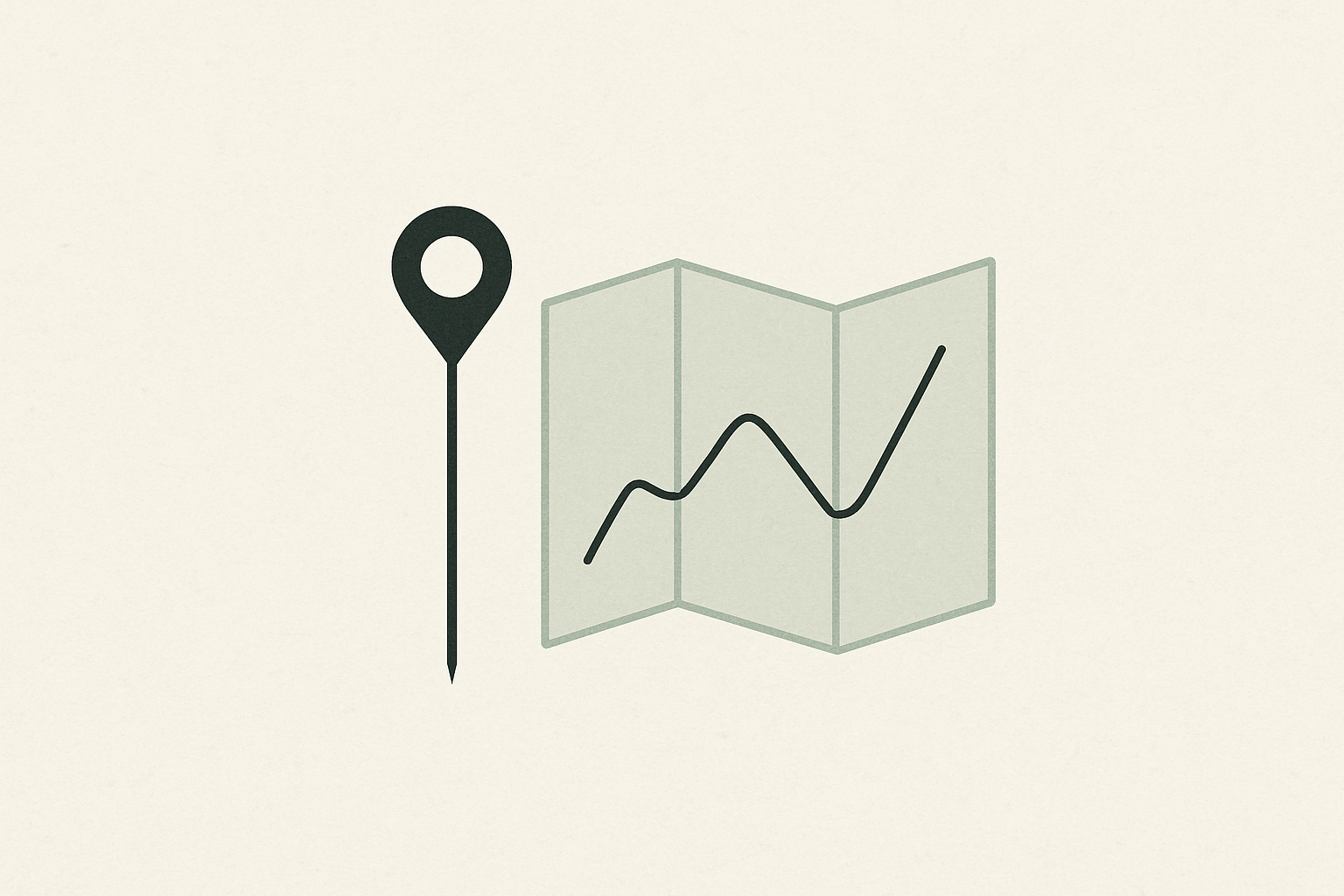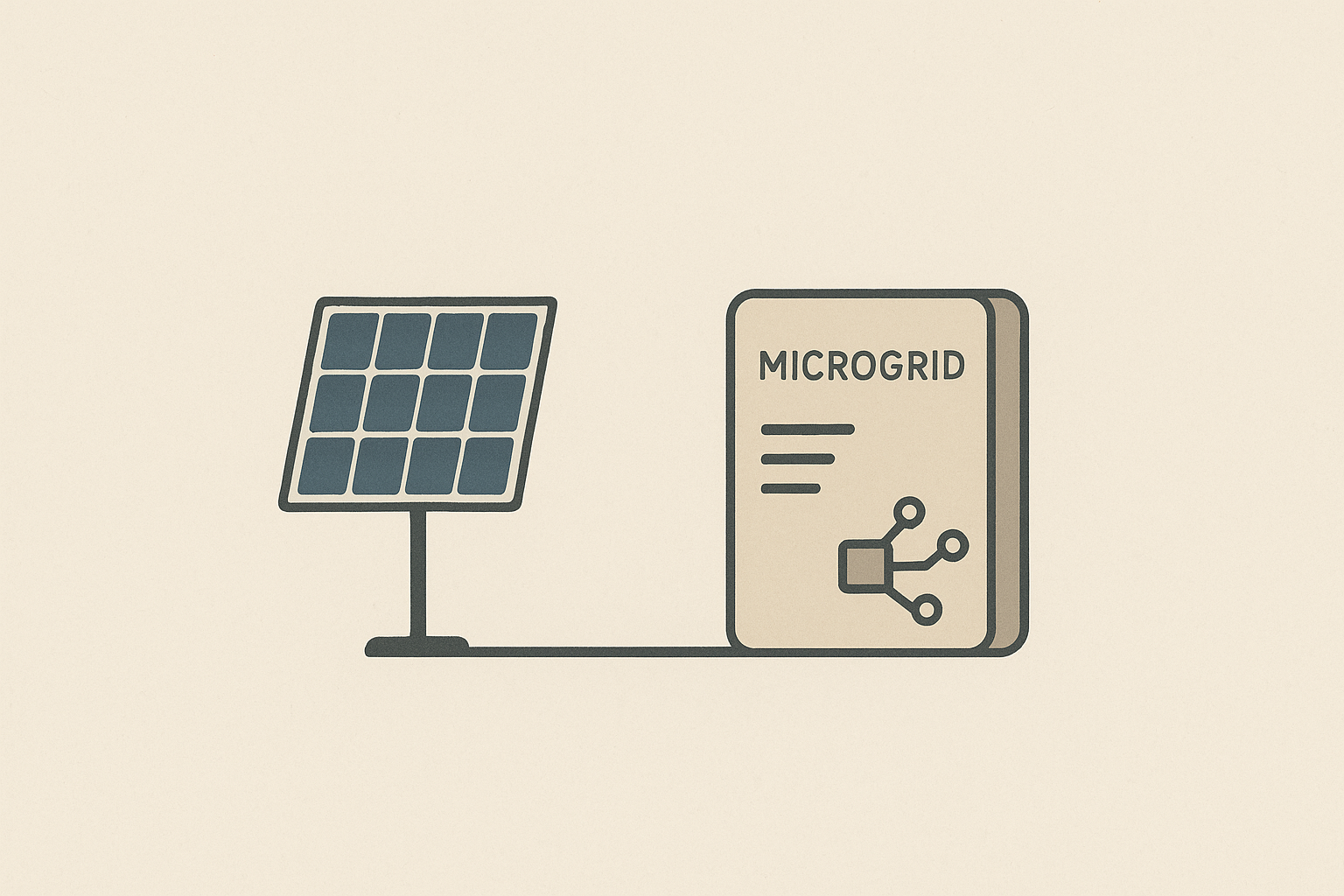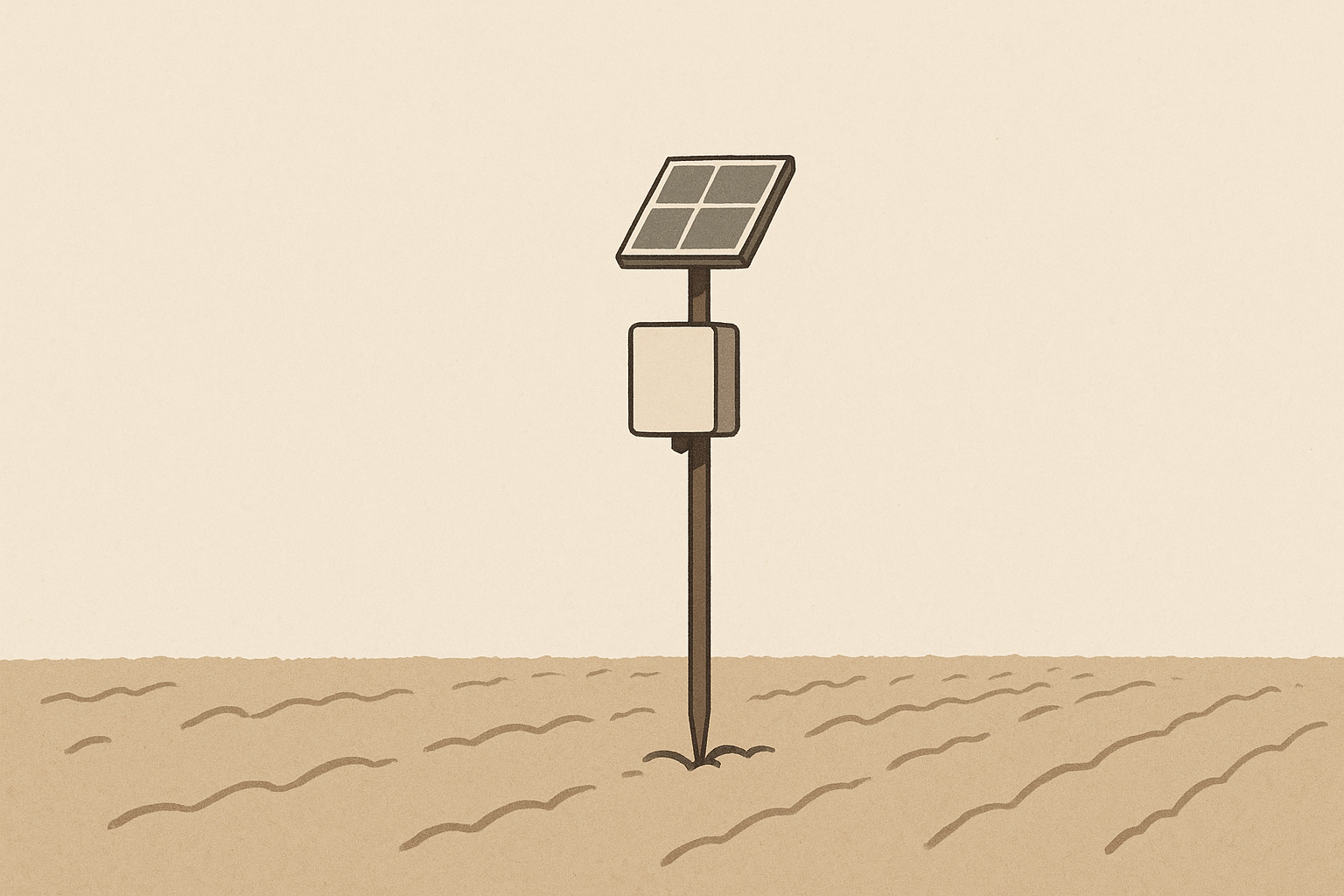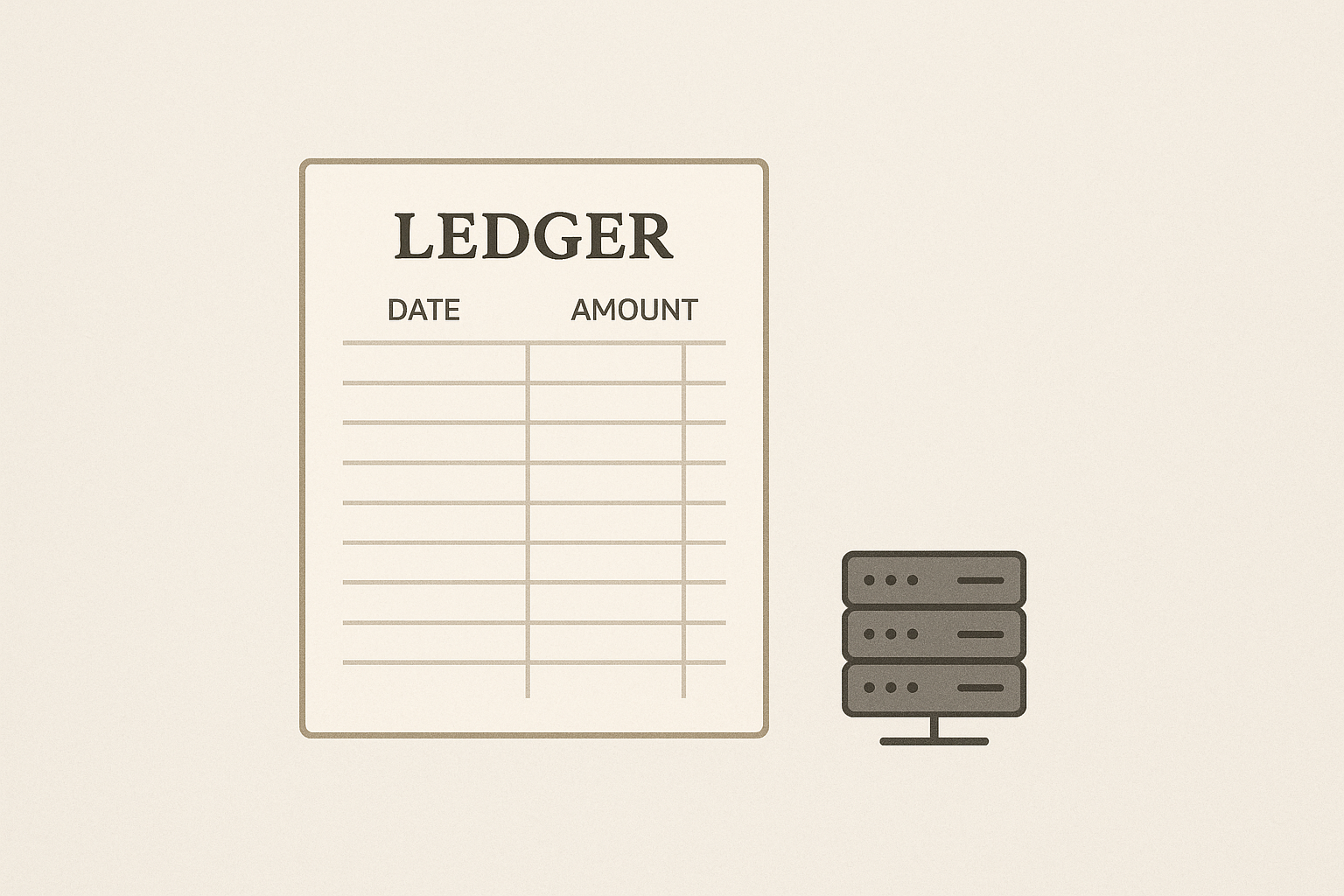Edge-to-Field Framework: Building Sustainable, Profitable IoT Solutions for Regenerative Agriculture
Design IoT systems and business models that reduce energy use, extend hardware life and deliver outcome-based value to farmers.

The Evergreen Challenge: Profitable, Low-Impact IoT for Agriculture
Precision farming offers durable benefits, yet many IoT pilots fail to scale because of three persistent problems: energy-hungry, chatty devices; brittle supply and support chains; and business models that sell sensors rather than outcomes. These problems are not temporary, they are structural. Farms are often remote, electricity constrained, and capital-averse; hardware that is hard to maintain becomes electronic waste; data pipelines that assume always-on connectivity incur operational carbon and recurring cost.
This briefing defines a long-term, actionable framework for building IoT systems that are energy-proportional, service-oriented and commercially resilient. It blends technical architectures you can implement today, with business designs that make financial sense across years. The target audience is engineers, founders, product managers and agronomy teams who must deliver reliable field systems, instrumented decision-making and sustainable unit economics.
Why this matters, for good
National policy goals reinforce the need for durable, low-impact solutions. The UK has a legally binding target to reach net zero greenhouse gas emissions by 2050, creating enduring demand for tools that measure and reduce on-farm emissions while improving yields and resource efficiency. See the government declaration on net zero for context: UK net zero target.
Did You Know?
Precision sensing and automation, when designed for low-energy operation, can reduce fertiliser and water use while improving yields, enabling measurable carbon and cost benefits over time.
Core principles of the Edge-to-Field Framework
- Energy proportionality, make device power use scale with meaningful activity, not idle timers.
- Local decisioning, infer events on the device to reduce transmissions.
- Adaptive communications, choose the right radio, scheduling and compression for the use case.
- Lifecycle stewardship, plan for repair, upgrade and reuse to avoid waste and lower total cost of ownership.
- Outcome pricing, monetise on agronomic outcomes and operational savings rather than raw telemetry.
Two evergreen, complementary solutions
Below are two high-value solution families. You should implement aspects of both: one provides the technical architecture; the other provides the commercial engine that makes the technical investment sustainable.
Solution A — Technical: Edge-first, energy-aware stack for field IoT
Objective: Reduce device energy consumption and network usage by combining event-driven sensing, on-device inference and adaptive comms. The stack is hardware-agnostic; it applies to ESP32 class devices, Raspberry Pi Compute Modules, and low-power MCUs used with LoRaWAN, NB-IoT or cellular.
Implementation roadmap
- Define events, not raw telemetry. Translate agronomic goals into events: 'soil dry threshold crossed', 'frost risk', 'significant rainfall', 'pest activity detected'. Send summaries for events, not raw samples.
- Choose an energy profile. Profile the device in sleep, sense, compute and transmit modes. Create a power budget that matches battery or PV capability; use that to constrain sensing cadence and ML model complexity.
- Local models for event detection. Use tiny models or heuristics on-device (decision trees, simple thresholding, or TensorFlow Lite Micro) to decide if data should be transmitted.
- Adaptive sampling. Increase sample rate around events; otherwise remain in low-power cycles. Use watchdogs and external interrupts from sensors to avoid constant polling.
- Batch, compress, attest. Bundle measurements, delta-encode or quantise to reduce payloads; cryptographically sign batches for provenance and security.
- Energy-aware communication. Use LPWAN for periodic telemetry; prefer opportunistic high-bandwidth transfers when devices are on mains or near a gateway.
- OTA and remote diagnostics. Provide low-energy bootloader strategies, and remote health checks that are small and infrequent unless the device signals an issue.
Example: Raspberry Pi / Microcontroller hybrid design
Use a low-power MCU for sensing and an infrequent higher-power gateway (Raspberry Pi) for ML updates and bulk transfer. The MCU sleeps most of the time, wakes on interrupts, performs local inference, and only wakes the gateway when necessary.
Code example: Energy-aware sensing loop (MicroPython style)
import machine, time, ujson, hashlib
# Pseudocode for a low-power MCU in MicroPython
SAMPLE_INTERVAL = 3600 # default 1h
SHORT_INTERVAL = 60 # aggressive sampling during event
THRESHOLD = 30 # example soil moisture threshold
batch = []
adc = machine.ADC(0) # soil moisture sensor
radio = machine.UART(1, baudrate=9600) # placeholder for LoRa interface
def read_soil():
raw = adc.read()
# normalise to 0-100
return max(0, min(100, int(raw / 10)))
def sign_payload(payload):
h = hashlib.sha256()
h.update(payload)
# in real device use HMAC with stored key
return h.digest()
while True:
moisture = read_soil()
now = int(time.time())
batch.append({'t': now, 'm': moisture})
# local event detection
if moisture < THRESHOLD:
# aggressive sampling and immediate report
payload = ujson.dumps({'event': 'dry', 'samples': batch})
signature = sign_payload(payload.encode())
packet = ujson.dumps({'p': payload, 's': signature.hex()})
radio.write(packet + '\n')
batch = []
sample_interval = SHORT_INTERVAL
else:
sample_interval = SAMPLE_INTERVAL
# sleep to save energy; platform-specific deep sleep preferred
time.sleep(sample_interval)
Notes: in production replace the simple hash with HMAC and a secure key store; use proper LoRa or NB-IoT drivers; implement exponential backoff for transmission retries.
On-device ML example (decision tree in Python)
Often you do not need neural networks. A small decision tree or linear model may detect irrigation needs with low compute and small memory. Below is a simplified inference routine you can compile into C or run in MicroPython.
def infer_irrigation(soil, temp, recent_rain_mm):
# Simple hand-crafted decision tree
if recent_rain_mm > 5:
return False
if soil < 25:
return True
if soil < 40 and temp > 25:
return True
return False
# Usage
needs_irrigation = infer_irrigation(soil=22, temp=28, recent_rain_mm=0)
Takeaway: keeping models tiny keeps energy and complexity low.
Data pipeline: gateway to cloud
- Gateway aggregates signed batches; performs local pre-aggregation and short-term buffering.
- When on reliable connectivity, gateway uploads compact payloads to cloud ingestion (HTTPS POST to an API endpoint).
- Cloud runs further analytics, long-term learning and dashboards; models for on-device inference are trained centrally and periodically pushed as small rule sets or quantised models.
Security and provenance
Sign all batches and establish device identity; plan for key rotation and revocation. Farm / buyer contracts often require auditable provenance for carbon and compliance claims.
Pro Tip: Use deterministic, human-readable event schemas and compact binary encodings (CBOR/ProtoBuf) to reduce payload sizes and make remote debugging tractable.
Solution B — Commercial: Circular HaaS and outcome-based pricing
Objective: Move customers from buying sensors to buying outcomes, align incentives to longevity and sustainability, and capture revenue streams that support long-term device stewardship.
Business models that remain evergreen
- Hardware-as-a-Service (HaaS), monthly fee that includes hardware, connectivity and basic support; aligns supplier incentives with device reliability and long life.
- Outcome-based pricing, share of proven operational savings (water, fertiliser) or crop yield uplift verified by telemetry and agronomic models.
- Subscription analytics, premium agronomy alerts, field prescription maps and integration with farm management systems.
- Carbon stacking, measure GHG reductions and sell validated carbon credits, or use them as a value-add to customers who need reporting.
- Financing and leasing, provide devices with deferred payment or pay-per-season structures to reduce farmer capital burden.
Step-by-step go-to-market blueprint
- Pilot with clear KPIs, target a measurable on-farm metric such as litres of water saved per hectare or kg nitrogen avoided per season.
- Define verification method, how will you prove outcomes? Combine device telemetry, satellite indices and farmer-reported yields. Keep methods auditable.
- Price around outcomes, offer a base HaaS fee to cover hardware and connectivity, plus a percentage of verified savings or a price per tonne of avoided emissions.
- Offer upgrades and trade-in, a device trade-in program encourages returns, enabling refurbish and reuse and reducing e-waste.
- Partner with co-ops and input suppliers, embed your solution into existing supply chains to reduce CAC and smooth distribution.
Unit economics template (example)
Below is a simple per-device annualised view; numbers are illustrative and should be populated with your actual costs.
- Device cost (amortised 3 years): £80 per year
- Connectivity & maintenance: £40 per year
- Cloud & analytics: £30 per year
- Support & logistics: £20 per year
- Total annual cost: £170
Pricing options:
- HaaS base: £120/year plus outcome fee of 20% of verified savings.
- Outcome-only: £0 upfront, 30% of verified savings; suitable when savings are high and verifiable.
Which option wins depends on customer risk appetite and expected savings. HaaS reduces farmer risk and secures recurring revenue; outcome pricing increases upside but requires rigorous verification and longer payback periods.
Q&A: How do you prove outcomes to avoid disputes? Use multiple independent signals: device telemetry, remote sensing (satellite NDVI), and farmer logbooks; keep the methodology auditable and transparent.
Combining both solutions: an integrated operating model
To scale sustainably, combine edge efficiency with commercial durability. Technical choices reduce recurring cloud and connectivity cost while business design ensures continuous revenue to fund service, updates and replacement. Practically, your roadmap should include:
- Phase 1: Minimum Viable System. Pilot with a small cohort, cheap sensors and an MVP analytics dashboard. Track energy, uptime and outcome signals.
- Phase 2: Hardened Edge. Replace prototypes with production-grade, energy-profiled devices, implement OTA and secure key management.
- Phase 3: Commercialisation. Move to HaaS + outcome pilots with a subset of customers; run trade-in and refurb programs.
- Phase 4: Scale and stack revenue. Add carbon credit verification, integrate with farm management platforms and expand to neighbouring markets.
Operational carbon and lifecycle accounting
Operational carbon is a persistent concern. Implement straightforward measurement: estimate embodied carbon for hardware (manufacturing and transport), add operational emissions from connectivity and cloud, and subtract verified savings from agronomic changes. If you need a detailed operational accounting approach for cloud-native processing of field data, this article provides frameworks and tooling to align on measurement: Operational Carbon Accounting for Cloud-Native Systems: Practical Frameworks, Tooling and Business Models.
Regulatory and verification considerations
Plan for auditable claims. If you intend to monetise emissions reductions, follow recognised standards and registries. Third-party verification may be required to generate marketable carbon units. Keep records and metadata for each device batch, and maintain tamper-evident telemetry logs.
Operational playbook: maintenance, spares and refurb
- Design for repair, avoid single-use plastics and make batteries replaceable where possible.
- Field service SOPs, remote diagnostics first; schedule site visits for multi-device days to reduce travel footprint.
- Spare pool logistics, stage refurbished devices in nearby hubs for rapid swap-out.
- End-of-life, arrange take-back and certified recycling partners; document material flows for corporate sustainability reporting.
Scaling considerations and pitfalls to avoid
- Do not over-instrument. Extra sensors increase energy and support cost; start with the minimal sensor set that proves the business case.
- Avoid chatty devices. Frequent transmissions are the largest recurring cost and the highest operational carbon contributor.
- Underestimate support burden. Farm customers expect reliable service; plan budgets and staffing accordingly.
- Ignore lifecycle costs. A low hardware bill-of-material can hide high replacement and disposal costs later.
Example implementation timeline (12 months)
- Months 0-3: Pilot scoping, device prototyping, agronomy metrics and verification method.
- Months 3-6: Field pilot, device refining, edge model validation and initial commercial experiments.
- Months 6-9: Production hardware, OTA, HaaS pricing model, trade-in design.
- Months 9-12: Early commercial roll-out, carbon stacking trials, partnership building.
Case study vignette (composite, anonymised)
A startup working with vegetable growers reduced irrigation water use by 22% while delivering devices under a HaaS contract. They used a tiny on-device rule set to detect true irrigation needs, batching transmissions daily and using LoRaWAN. Device failures were under 2% annually after a robust trade-in and refurb programme. The result: predictable recurring revenue, lower support cost, and measurable sustainability claims.
Measurement, reporting and continuous improvement
Set KPIs for device uptime, average daily transmissions per device, average battery life, and verified resource savings. Automate dashboards and produce quarterly operation reviews that feed into firmware and product updates. Small reductions in average transmissions per device yield outsized savings in cloud cost and emissions over time.
Warning: Do not rely on high-bandwidth, always-on telemetry to validate outcomes; it raises operational cost, increases carbon and reduces farmer willingness to pay.
Evening Actionables
- Define three field events you must detect for your crop system; describe how each maps to an action and a monetisable outcome.
- Build a power budget: measure sleep, sense, compute and transmit power; set a target battery life (months or years) and iterate device cadence to meet it.
- Implement a tiny on-device inference rule (use the included decision tree example) and simulate its impact on transmissions per device per month.
- Create an HaaS pricing sheet: amortise device cost over 3 years, add connectivity and support; model a base HaaS fee and an outcome-share option.
- Plan a trade-in flow: fields to collect returned devices, refurb steps and logistics partners.
Follow these steps and you will convert an experimental IoT pilot into a sustainable product business that reduces operational carbon, improves farm outcomes and creates recurring revenue.





Comments ()